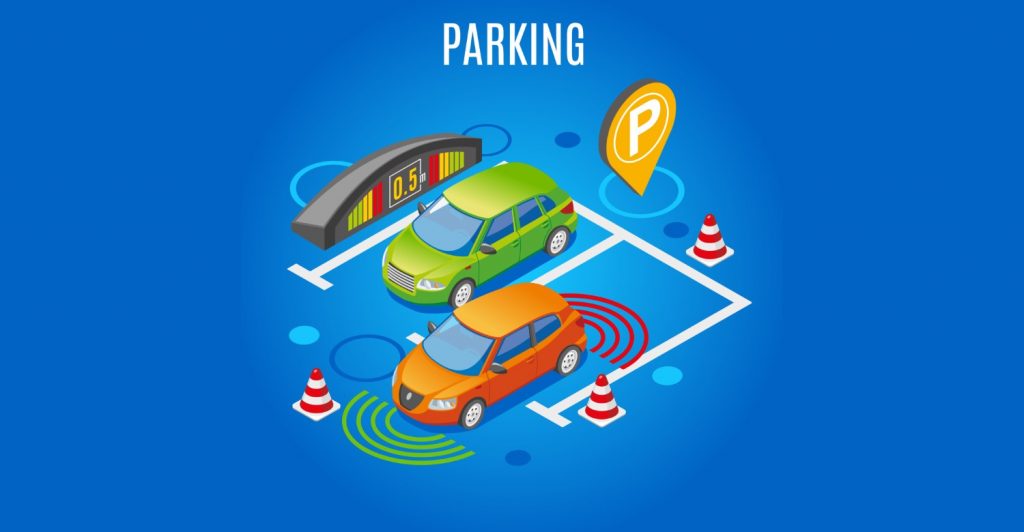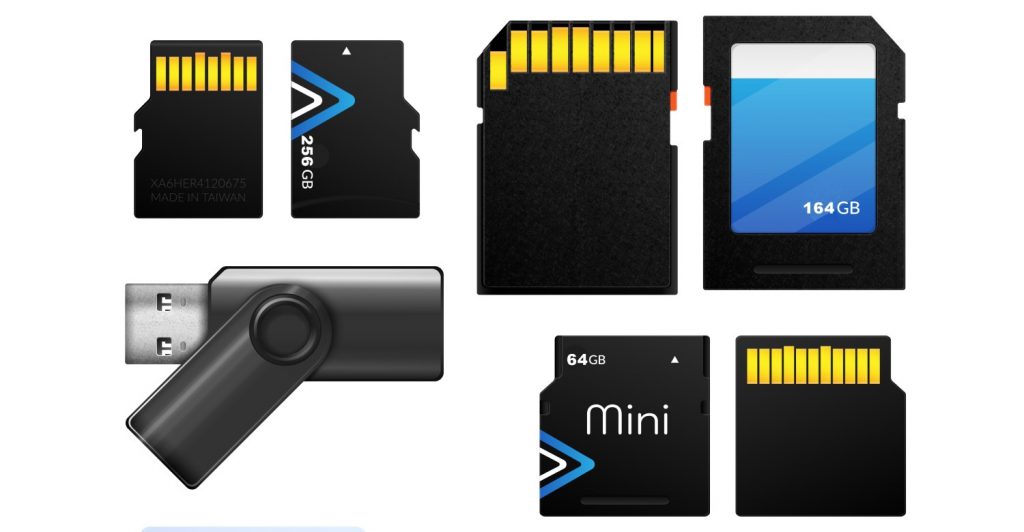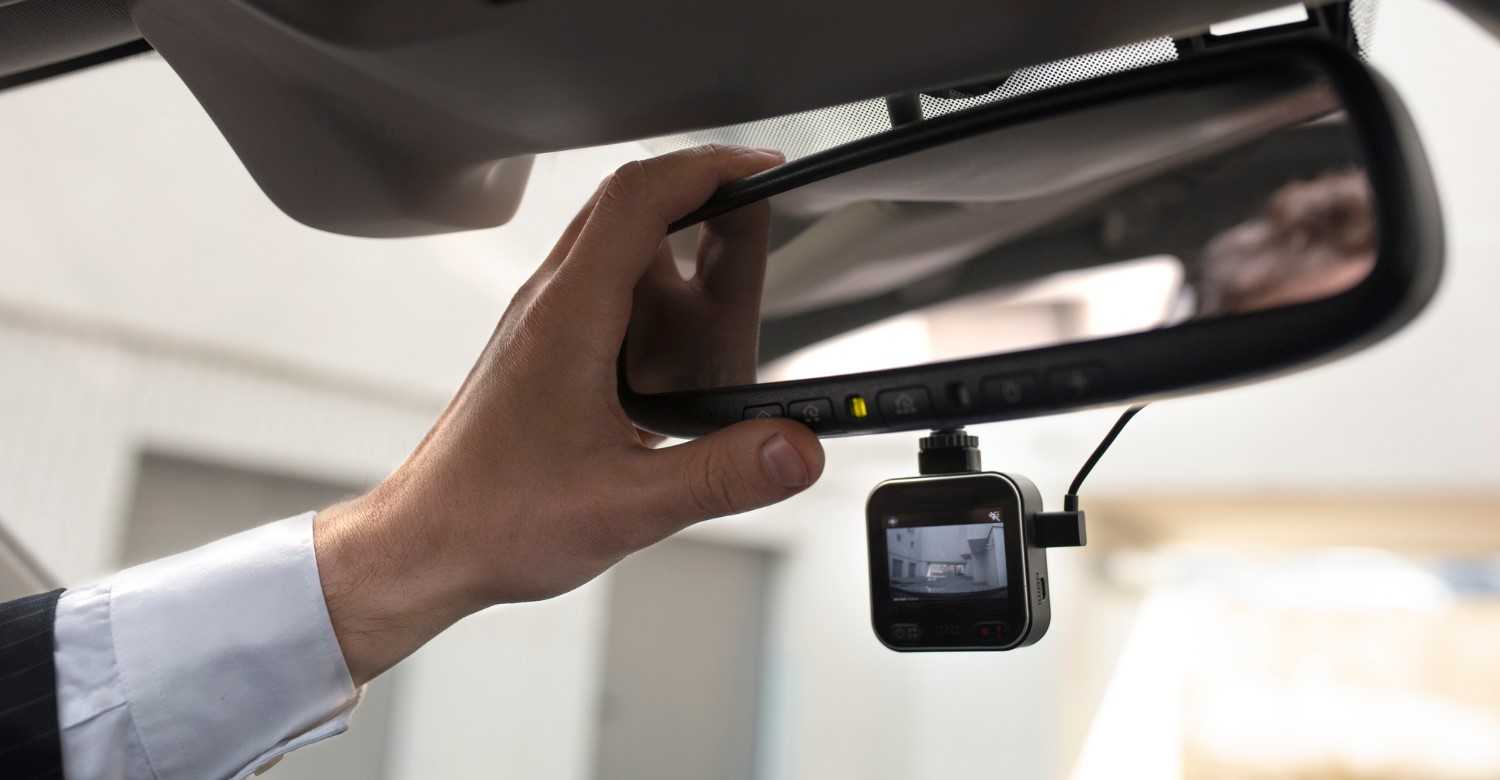Dash cams have rapidly grown in popularity among everyday drivers looking to monitor their journeys and capture video evidence in the event of an incident. However, with the proliferation of dashcam models on the market, it can be tricky to determine which one has the key features and best fits your needs and budget.
In this comprehensive guide, we’ll walk through the most important criteria to consider when shopping for a dash cam so you can find the right one that provides essential safety features for your particular use case.
Table of Contents
Video Quality
Arguably, the most critical specification for any dash cam is the video quality it can produce. This comes down to combining the image sensor resolution, lens attributes, and processing capabilities.
Higher resolutions like 1440p or 4K will look sharper than 720p or 1080p, but they produce larger video files. Higher frame rates (60fps) make footage smoother but require more storage.
Look for wide dynamic range and night vision or low light capabilities. A wide field of view between 110-180 degrees is ideal to capture the entire road.
Test sample footage online to see video quality before buying. Sharp, smooth video with high dynamic range is vital for capturing critical details.
Dash Cams Design: Size, Shape and Displays
Dash cams come in various physical designs depending on how discreet or feature-packed you want the device to be.
Small, wedge-shaped cameras with no screen can be hidden behind the rearview mirror for a low-profile look. But you’ll need to review footage on your smartphone or computer.
Larger camera bodies allow for integrated LCD screens between 1.5-3 inches. Screens let you directly view and preview recorded videos for added convenience.
Suction cup mounts allow positioning flexibility, while adhesive mounts provide a more permanent hold. Make sure the design fits your vehicle’s interior.

Recording Features
The functionality of recording modes can also vary significantly between dash cam models. Look for these key features:
- Loop recording to continuously overwrite old footage once memory is full
- Incident detection like G-sensors or motion detection to auto-save important events
- Parking mode to monitor for hits and damage when the vehicle is off
- Time-lapse mode to condense long drives into short videos
The more recording modes, the higher the chances of capturing a critical driving incident with video evidence.
Extra Features for Dash Cams.
In addition to basic recording capabilities, there are some nice extras to look for in a dash cam:
- GPS tracking embeds your driving route right in the video footage
- WiFi connectivity allows changing settings from your smartphone
- A companion app gives you remote access and live view
- Voice control enables hands-free operation
- ADAS offers driver alerts for lane departure, drowsy driving, etc.
While not always necessary, these features add value and convenience.
Audio Recording
While crisp video is critical, high-quality audio is also important to thoroughly document incidents and interactions during traffic stops.
Look for dash cams that record audio as well as video. Confirm the cam picks up sound clearly within the cabin with minimal wind noise.
Some cameras have built-in microphones, while others require optional add-on mics for the best audio experience.

Storage Capacity
When it comes to storing all the captured video footage, most dash cams rely on the following:
- Onboard storage via microSD card
- Cloud storage that uploads footage to the cloud
- A combination of the two
Onboard storage gives you full ownership of videos but requires manually offloading files to your computer to avoid filling up the memory card. Cloud plans provide hands-off backup but at an added recurring cost, but they offer peace of mind when you face a corrupt SD card.
Durability and Ruggedness
Durability and temperature resistance are essential since dash cams are located inside a vehicle in varying weather conditions.
Look for cameras with strong heat tolerance (-4°F to 158°F operation is ideal). An impact-resistant body and waterproof rating add protection.
Regular summer heat and winter cold put dash cams through extreme cycles. Make sure construction quality is solid.
Ease of Use
A dash cam should be simple to set up, operate, and manage every day.
Cameras with well-designed buttons or touchscreens offer intuitive control. Menus and settings should be clear and straightforward to navigate.
Recorded footage should have visible timestamps or details like speed, GPS coordinates, etc. This makes reviewing and finding important clips easier.
Pricing Considerations
Dash cam pricing ranges from around $50 for a primary budget model to $250+ for a premium camera loaded with features.
To find the best value, carefully weigh the capabilities you gain at each price increment and buy only the features you need. Video quality is always the top priority.
For most drivers, a mid-range dash cam between $100-$180 offers the full suite of well-rounded features at an affordable price.
The Bottom Line
Evaluating critical factors like video quality, design, features, ease of use, and pricing allows you to zero in on the right dash cam tailored to your driving needs.
Prioritize the capabilities that are most useful for your particular situation. Seek out independent customer reviews to confirm performance lives up to expectations.
Investing in a quality dash cam provides peace of mind and protection for you, your passengers, and your vehicle. Take the time to find the model best equipped with the essential safety features you require.
Frequently Asked Questions
Q1: Why do I need a dash cam
A1: A dash cam provides continuous video footage from inside your vehicle, which can be invaluable evidence if you get into an accident or encounter a dangerous situation on the road. Dash cams protect you legally and financially.
Q2: What features should I look for
A2: Prioritize video quality, look for advanced recording modes like incident detection and parking monitoring, and consider extras like GPS, WiFi and smartphone connectivity. Aim for the best combination of features for your budget.
Q3: Where do I mount it in my car?
A3: Most dash cams have a suction or adhesive mount to attach to your windshield behind the rearview mirror. This provides a clear forward-facing view out the front. Adjust positioning to avoid blocking your field of vision.
Q4: How much storage do I need for video files?
A4: Onboard storage with a microSD card is most common. Look for at least 32GB, but optimize based on your driving time. Recording in higher video quality uses more storage space.
Q5: Should I get a single or dual-channel dash cam?
A5: Dual channel cams with front and rear recording provide complete 360° coverage around the vehicle. But a single-quality front camera is usually sufficient for most drivers.
Q6: Do dash cams work at night or in low light?
A6: Many have night vision capabilities, but the quality varies. Look for WDR and low-light performance ratings to make sure night footage remains clear.
Q7: How long do dash cam batteries last?
A7: Some have built-in batteries, but most dash cams continuously power off your vehicle when parked or in motion. Hardwiring the cam directly to the fuse box is recommended for parking monitoring.

